Variegated Monstera Plant Varieties To Grow Indoors
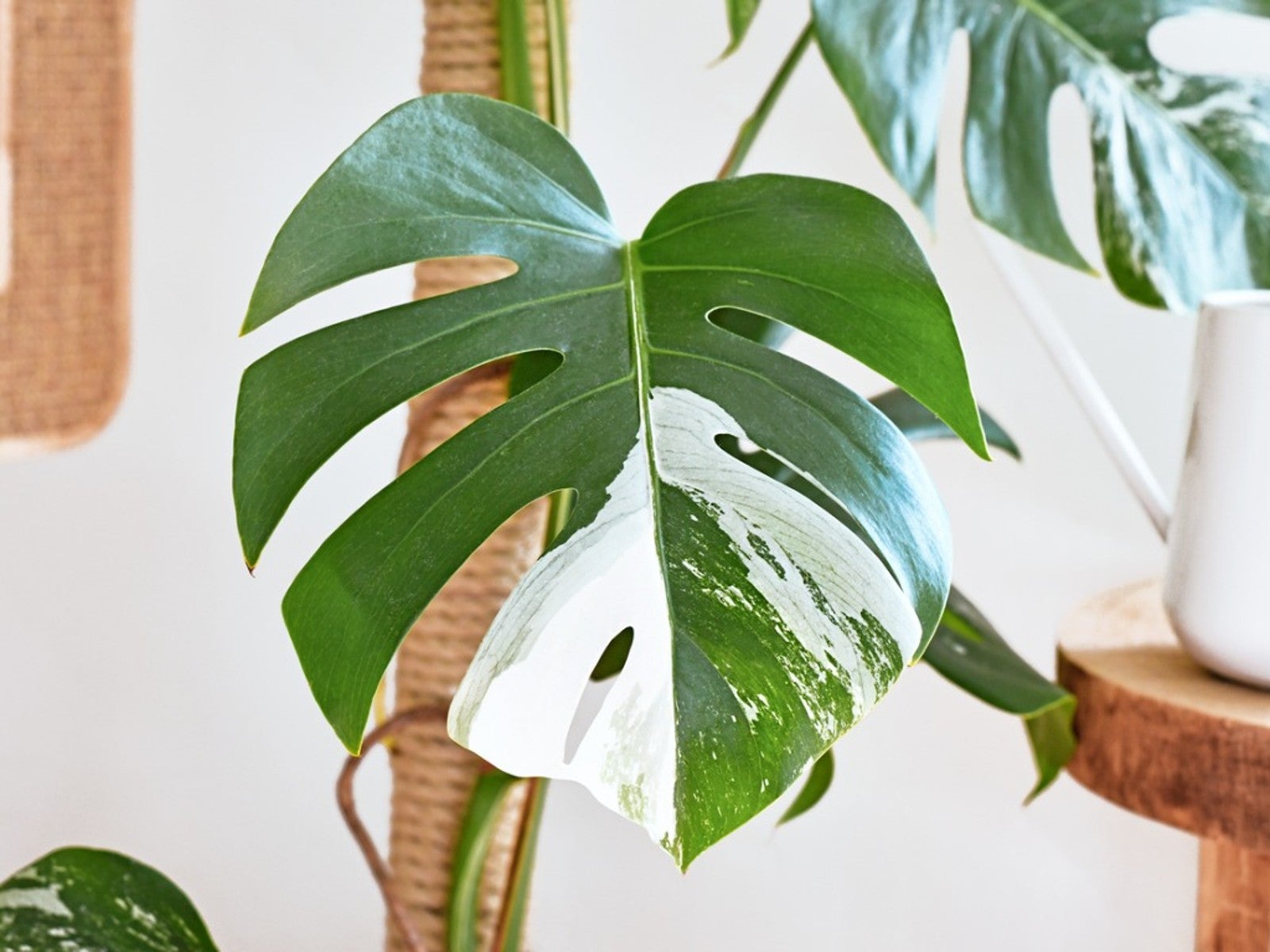

Monstera are tremendously popular houseplants. There is a wide variety of species, many of which feature beautiful variegation. These plants are understory specimens, perfect for low to medium light situations such as office cubicles. Monstera are propagated by cuttings at a growth node. They root readily and are ready for potting up in no time. So, if you have a friend with an especially attractive variegated Monstera deliciosa or any other variety, you'll soon have a new plant.
The most expensive Monstera ever sold was a variegated species. Also known as Swiss cheese plant, due to the attractively cut leaves, one plant sold for nearly $5,000.00 USD with over 180 bids as collectors vied with each other for the specimen. The plant featured huge white and green, split foliage, and is one of the more rare species. You don't have to spend that kind of money to get your hands on a white and green Monstera though. In fact, there are also yellow and cream variegations, with a whole host of patterns available.
Monstera Variegation
Monstera are called Mexican breadfruit or hurricane plant as well. They have even been referred to as a split leaf Philodendron, although this is a misnomer. The variegations are due to mutations during growth. The mutation changes the amount of chlorophyll in parts of the leaves. These areas absorb sunlight more slowly than standard green leaves. The variegation may last through the plants life but is often short lived and the plant reverts to green. Variegation causes plants to grow more slowly because of the low chlorophyll, a compound which harnesses solar energy that the plant turns into sugars that fuel growth. Each mutation is different, resulting in many patterns and types of variegation. Some are rare, such as Monstera deliciosa Thai constellation. The unique patterns on this plant make it a rather expensive cutting to purchase. Each cutting will result in the same patterning as the mother plant, but reversion may still occur depending upon how stable the mutation.
Yellow Variegated Monstera
Probably the most common variegation in Monstera is cream and white, but yellow varieties are also present. Variegated Monstera albo is a relatively easily sourced yellow streaked Swiss cheese plant. The leaves feature large areas of light yellow bordered by green. Another variety is Monstera var Borsigiana aurea. Aurea is the feminine Latin for "golden." This 'Golden Variegated' monstera has splashes of yellow on a frame of green. There is also a Monstera deliciosa aurea, M. standleyana aura, and M. adonsonii aurea. Each features golden splashes, flecks, speckles, or marbling. Aurea marmorata, another yellow variegated Swiss cheese plant, often has one side of the leaf green, while the other is golden streaked.
Just for Fun
Monstera deliciosa Thai constellation is probably out of most of our price ranges. It is not a natural mutation, but rather produced from tissue culture in Thailand. Sciences ability to manipulate certain plant traits has given rise to new varieties of features never before seen. The big leaves develop scattered white speckles. The scattered coloring resembles a starry sky, hence the name. It is not widely available because it has to be produced from tissue cultures which are difficult to grow in mass quantities. A few cuttings are available, starting at around $150.00 USD. Variegated Monstera need more light than completely green plants due to their limited chlorophyll. If you are lucky enough to have a variegated Monstera, make sure it gets six to eight hours of bright sunlight daily.
Gardening tips, videos, info and more delivered right to your inbox!
Sign up for the Gardening Know How newsletter today and receive a free copy of our e-book "How to Grow Delicious Tomatoes".

Bonnie Grant is a professional landscaper with a Certification in Urban Gardening. She has been gardening and writing for 15 years. A former professional chef, she has a passion for edible landscaping.
-
 Looking For Plants To Give You The Soft And Fuzzies? Try These 5 Fuzzy Leaf Plant Options
Looking For Plants To Give You The Soft And Fuzzies? Try These 5 Fuzzy Leaf Plant OptionsLovers of texture, drama, silver foliage and tactile plants will adore these special sensory garden additions. These fuzzy leaf plant options will leave you all aglow
By Susan Albert
-
 Get Ready For A Summer Of Hummers! Grow These Full Sun Hummingbird Plants and Flowers
Get Ready For A Summer Of Hummers! Grow These Full Sun Hummingbird Plants and FlowersIf you’re lucky enough to enjoy a sunny backyard, make sure you are maxing out on your pollinator opportunities and grow these full sun hummingbird plants and flowers
By Tonya Barnett
-
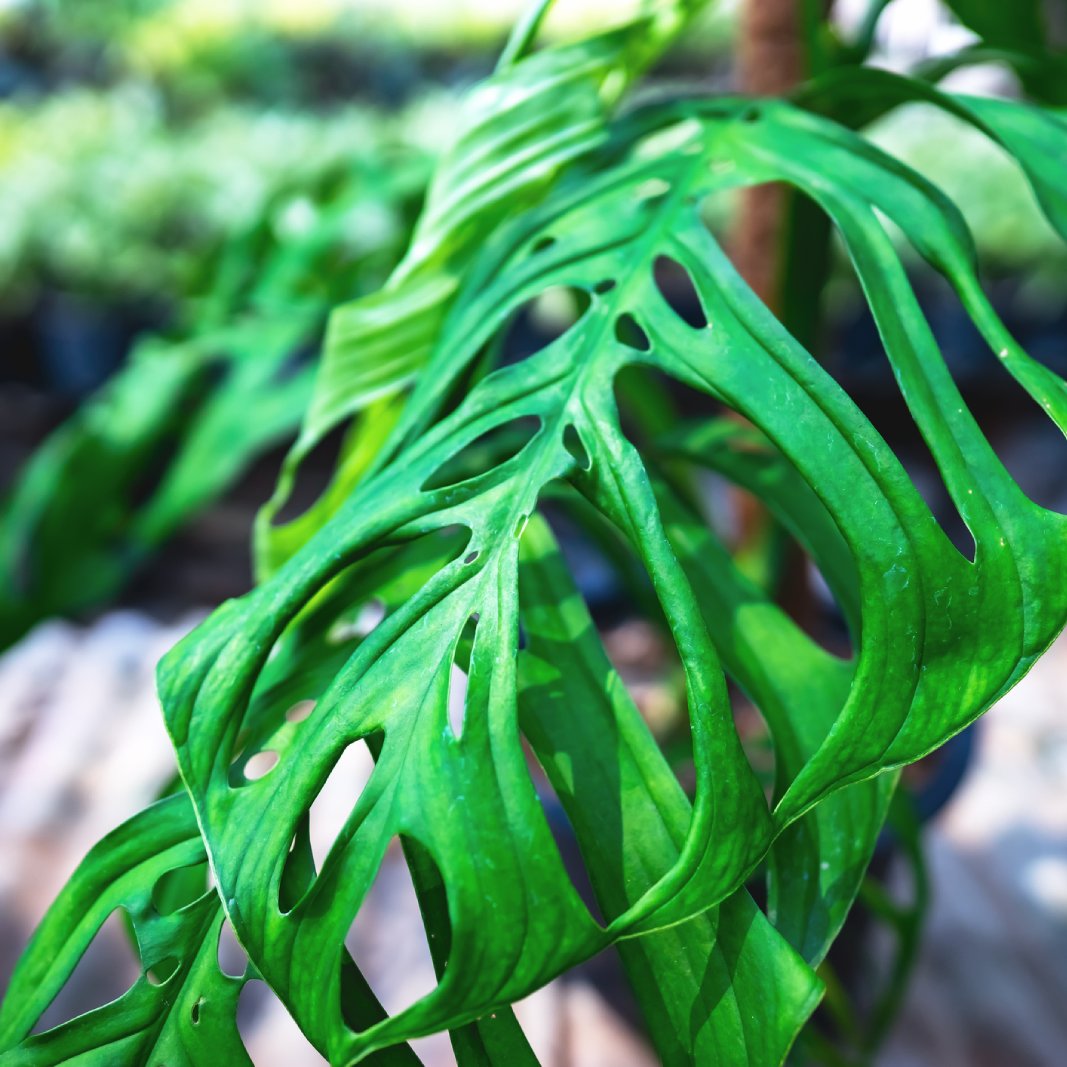 Monstera Esqueleto Care Guide
Monstera Esqueleto Care GuideMonstera esqueleto is a high-drama houseplant with natural holes in its leaves. It loves to climb and enhance your living space with its big evergreen presence.
By Susan Albert
-
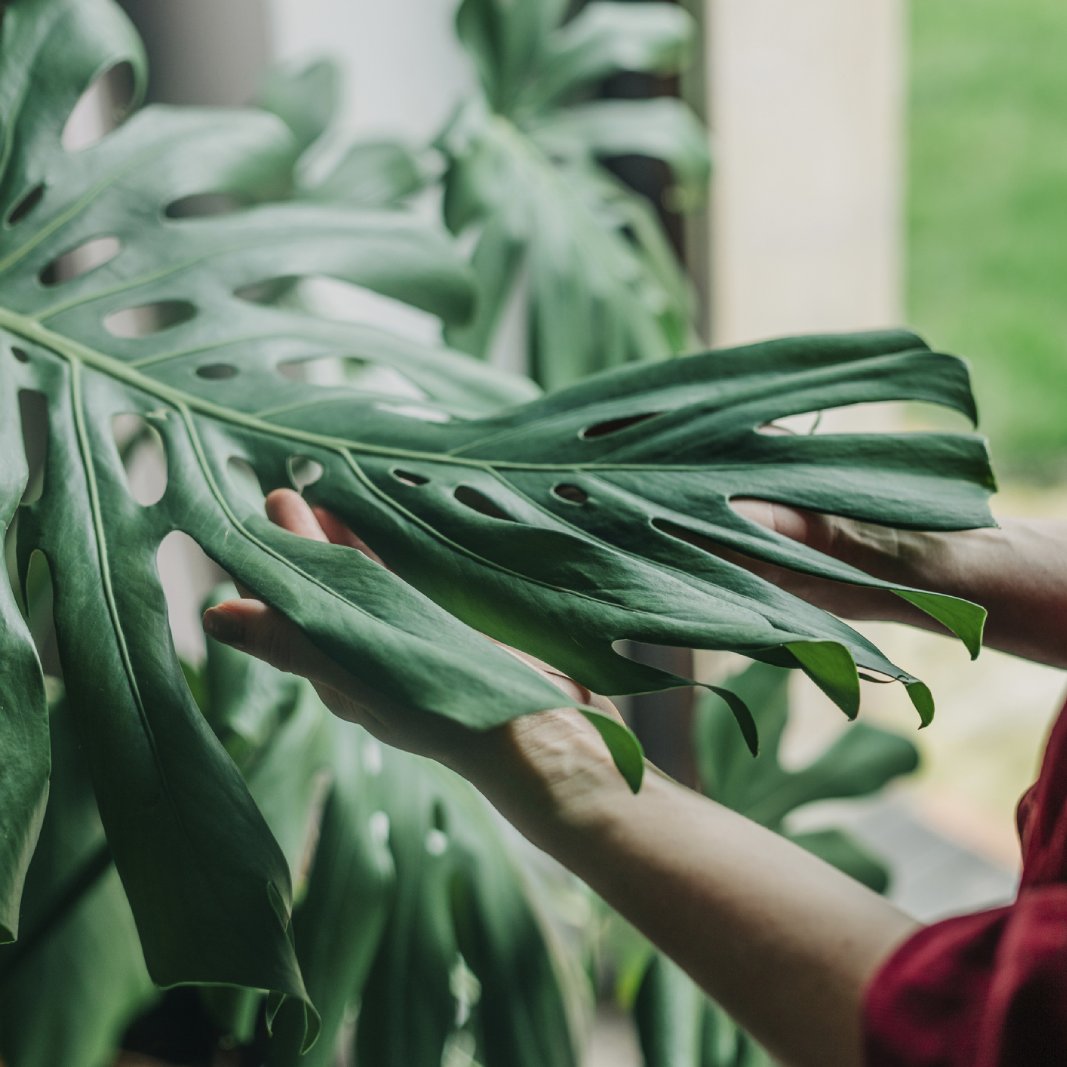 Why Is My Monstera Not Growing Split Leaves?
Why Is My Monstera Not Growing Split Leaves?If your Monstera leaves aren't splitting, there could be several ways to fix the problem. Here's how to get that lovely Swiss cheese look.
By Bonnie L. Grant
-
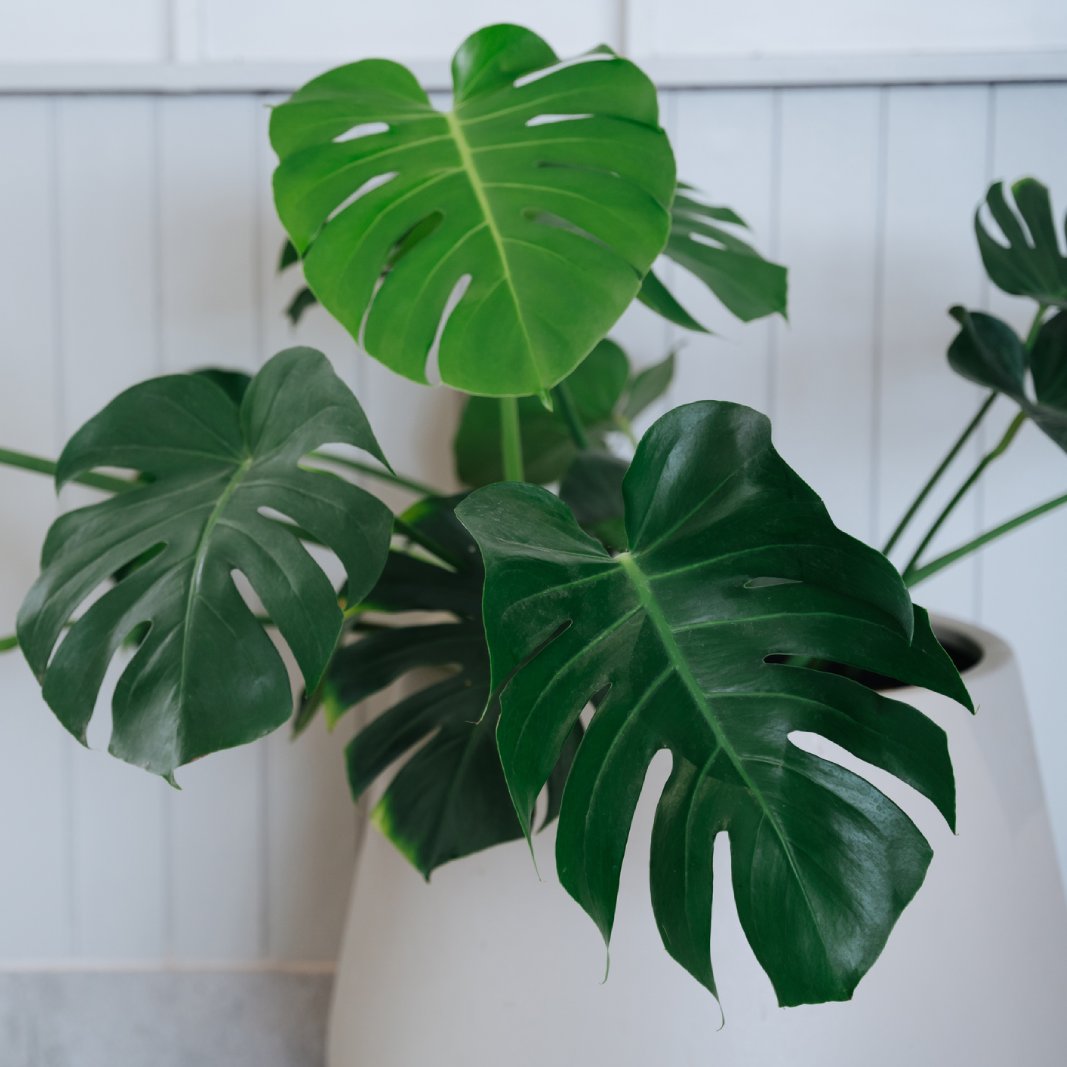 7 Types Of Monstera Every Plant Lover Should Have In Their Collection
7 Types Of Monstera Every Plant Lover Should Have In Their CollectionWith their deep leaf splits and wild variegation, monsteras are real show-stopping houseplants. Here are seven of our favorites.
By Teo Spengler
-
 Learn What To Do With A Leggy Monstera
Learn What To Do With A Leggy MonsteraLeggy monstera can be rehabilitated with a little know how. Pruning leggy monstera isn't difficult. Click here to find out more.
By Bonnie L. Grant
-
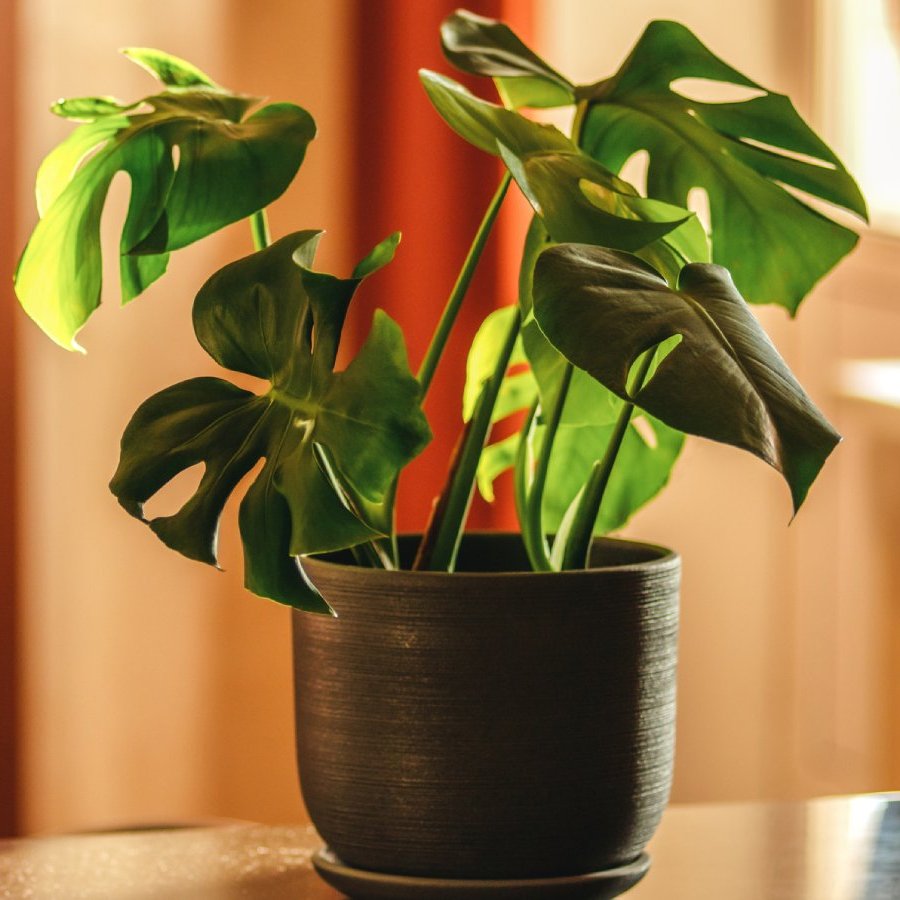 Monstera Deliciosa Flower - Growing Swiss Cheese Plant For Flowers And Fruit
Monstera Deliciosa Flower - Growing Swiss Cheese Plant For Flowers And FruitBy Amy Grant
-
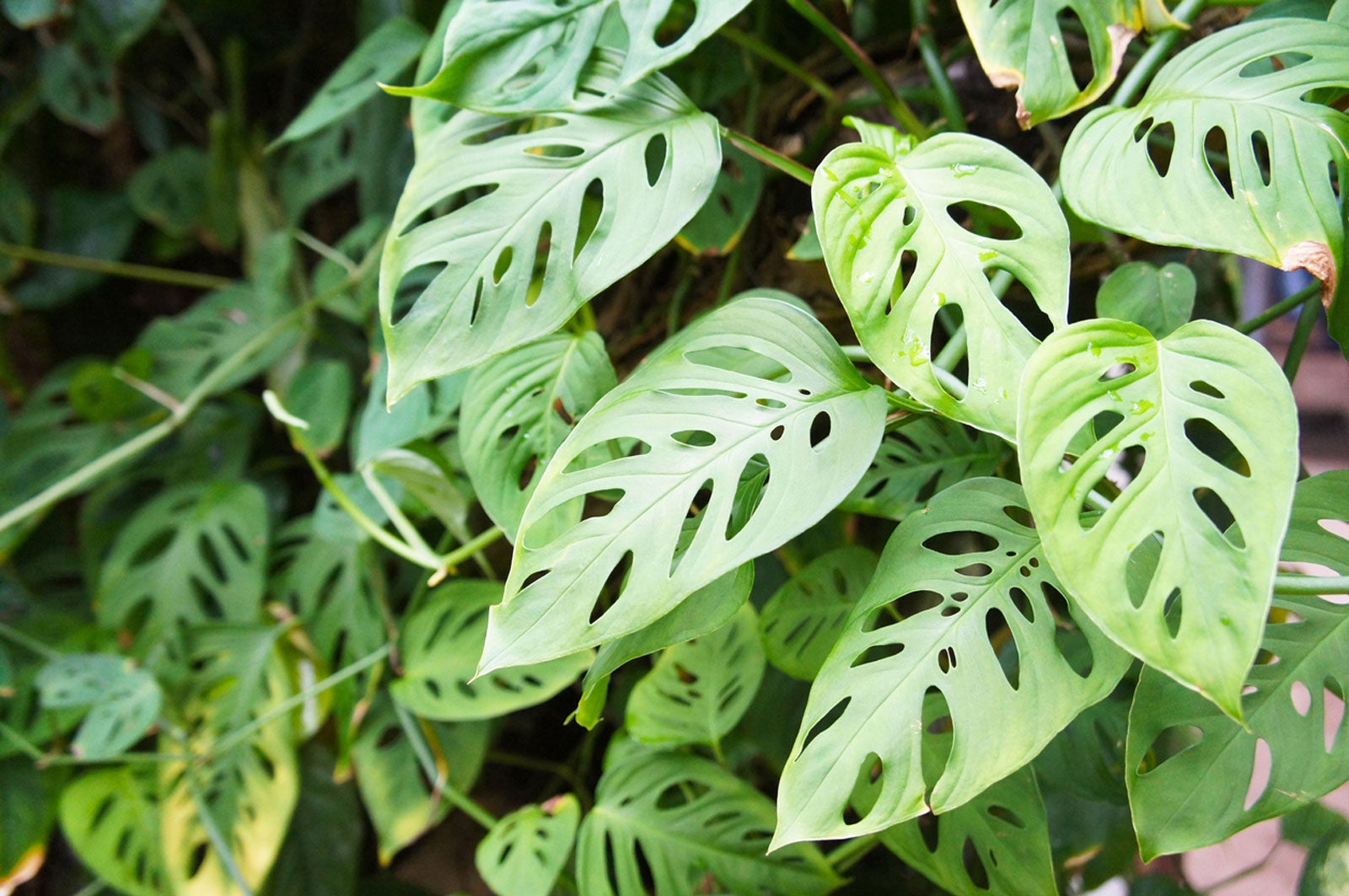 Adanson’s Monstera Plant Care: Tips For Growing A Swiss Cheese Vine
Adanson’s Monstera Plant Care: Tips For Growing A Swiss Cheese VineAdding interesting houseplants is just one of the many ways that growers can continue to nurture their love of growing in small spaces or throughout the winter months. Adanson’s monstera plant is unique and can instantly add visual interest to any room. Learn more here.
By Tonya Barnett
-
 How To Use A Moss Pole On Your Monstera Plant
How To Use A Moss Pole On Your Monstera PlantA moss pole monstera is simply a Swiss cheese plant whose roots grow and attach to a moss-covered pole. Does this impressive plant need one of these? Yes! It’s an epiphyte that gets its nourishment from the surrounding air and water.
By Bonnie L. Grant
-
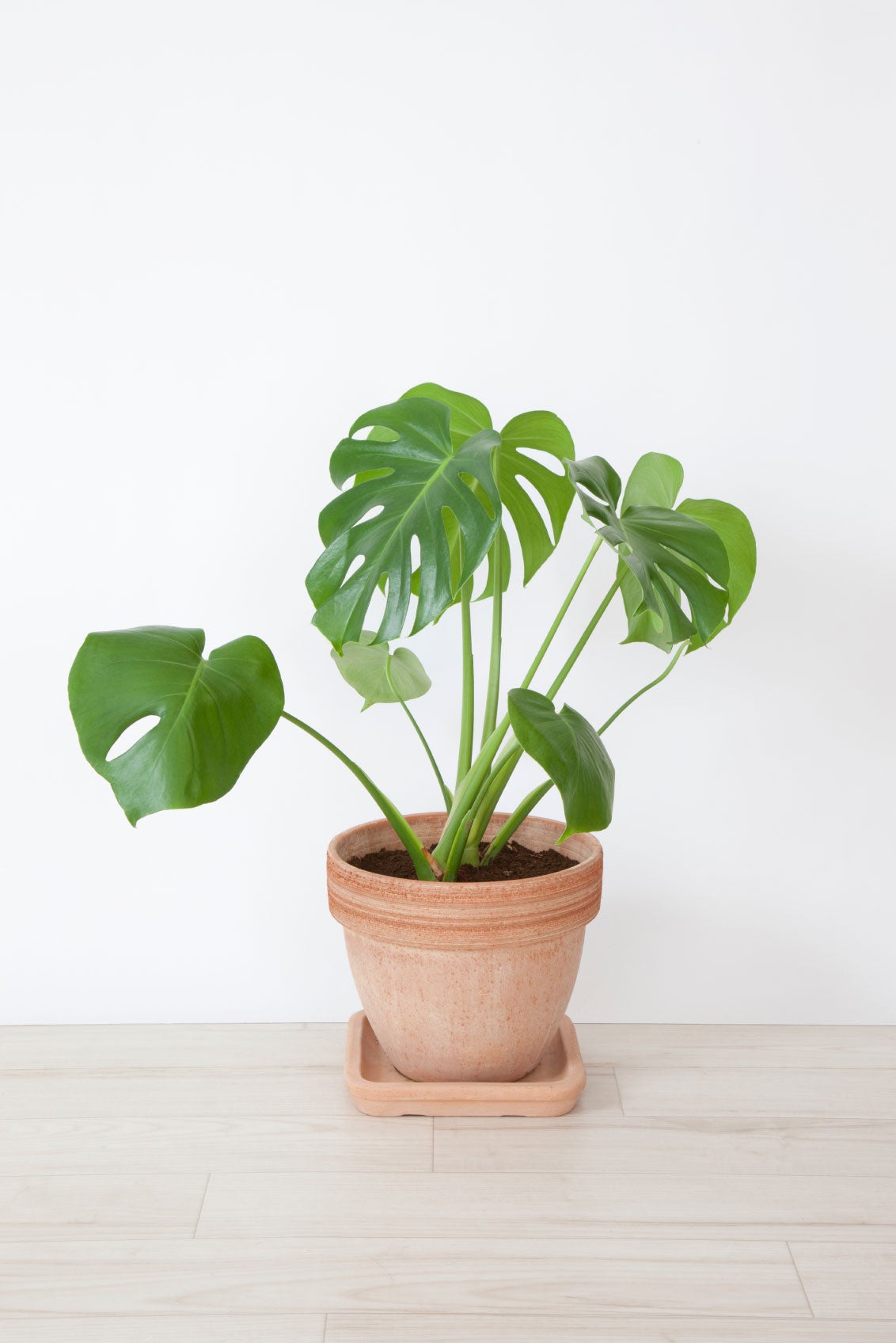 Repotting Cheese Plants: How And When To Repot Monstera
Repotting Cheese Plants: How And When To Repot MonsteraSwiss cheese plants should be repotted every few years to ensure adequate soil nutrition and space. Learn how to repot a Swiss cheese plant in this article for a long-lived, healthy specimen that graces your home or office.
By Bonnie L. Grant